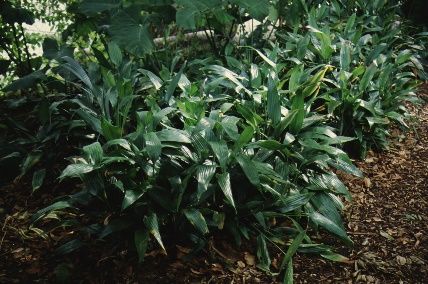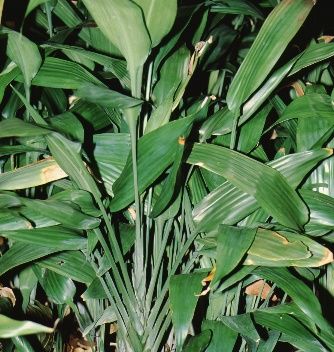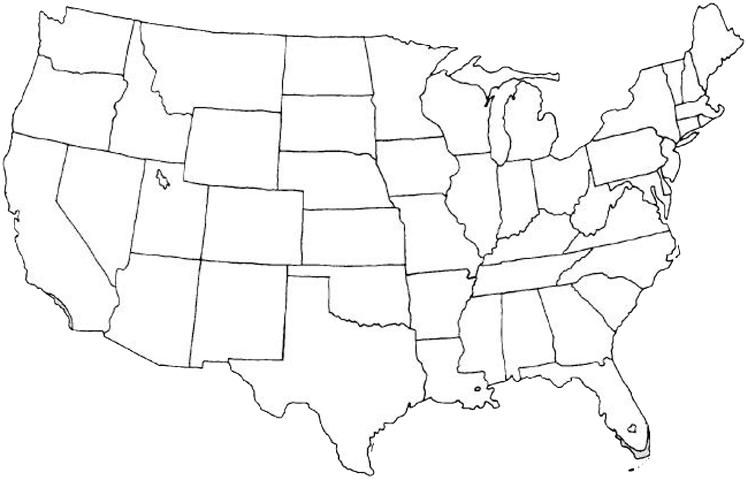Introduction
Dracaena thalioides is a plant that finds its native habitat in tropical Africa. This 1- to 2-foot-tall species has an upright growth habit and is used in the landscape for its attractive foliage. The dark green leaves are 12 inches long and sit atop a 10inchlong petiole. The leaf blades are lanceolate in shape and have prominent parallel veins. Small, pink, star-shaped flowers occur in 10-inch-long spikes that appear at various times throughout the year. The flowers and small, fleshy fruits of this plant are inconspicuous.

Credit: Edward F. Gilman, UF/IFAS

Credit: Edward F. Gilman, UF/IFAS
General Information
Scientific name: Dracaena thalioides
Pronunciation: druh-SEE-nuh thal-ee-OY-deez
Common name(s): lance dracaena, dwarf dracaena
Family: Agavaceae
Plant type: ground cover
USDA hardiness zones: 10B through 11 (Figure 3)
Planting month for zone 10 and 11: year round
Origin: not native to North America
Invasive potential: not known to be invasive
Uses: mass planting; ground cover; suitable for growing indoors
Availability: somewhat available, may have to go out of the region to find the plant

Credit:
Description
Height: 1 to 2 feet
Spread: 1 to 2 feet
Plant habit: upright
Plant density: dense
Growth rate: slow
Texture: coarse
Foliage
Leaf arrangement: alternate
Leaf type: simple
Leaf margin: entire
Leaf shape: linear
Leaf venation: parallel
Leaf type and persistence: evergreen
Leaf blade length: 8 to 12 inches
Leaf color: green
Fall color: no fall color change
Fall characteristic: not showy
Flower
Flower color: pink
Flower characteristic: unpleasant fragrance; year-round flowering
Fruit
Fruit shape: round
Fruit length: unknown
Fruit cover: fleshy
Fruit color: unknown
Fruit characteristic: inconspicuous and not showy
Trunk and Branches
Trunk/bark/branches: not particularly showy; typically multi-trunked or clumping stems
Current year stem/twig color: not applicable
Current year stem/twig thickness: not applicable
Culture
Light requirement: plant grows in the shade
Soil tolerances: acidic; slightly alkaline; sand; loam; clay
Drought tolerance:
Soil salt tolerances: poor
Plant spacing: 24 to 36 inches
Other
Roots: sprouts from roots or lower trunk
Winter interest: no special winter interest
Outstanding plant: plant has outstanding ornamental features and could be planted more
Pest resistance: long-term health usually not affected by pests
Use and Management
Lance dracaena is one of the most shade tolerant plants used in south Florida landscapes. It is frequently utilized as a tall ground cover for shady areas of the landscape and also makes a nice indoor container plant. It is used like cast iron plant in USDA hardiness zones 7 through 9.
This plant will flourish in partial to full shade on rich, moist soils of good drainage. It performs well in acidic soils and will thrive on two applications of fertilizer per summer.
Pests and Diseases
No known pests are associated with Dracaena thalioides.